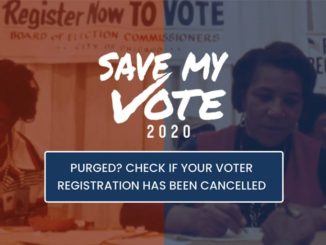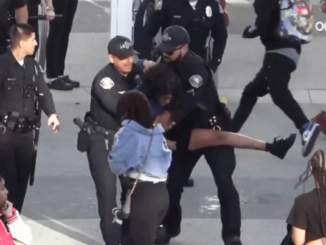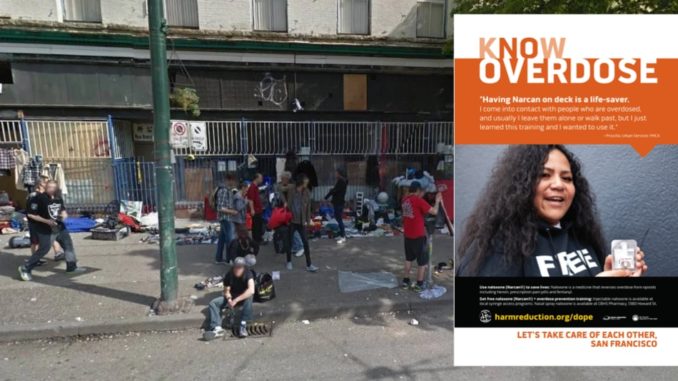
The last couple of years has felt like we’ve all stepped in another dimension where up is down and good is bad. In the 1980s and 1990s, public schools and non-profits couldn’t get enough of the “War on Drugs” and “Just Say No” anti-drug campaigns. Possession of marijuana could land people in prison for years, and drug dealers were the villains, while drug users were subjected to public shame by the majority.
Two decades later, drugs make up a booming industry benefiting those who always benefit from big business and now the benefactors are working to legalize, decriminalize, and normalize — not considering the damage drugs have already done to communities in the form of addiction, imprisonment, and drug-influenced crimes. Marijuana is now the people friendly and socially acceptable cannabis and the dealers work in fancy, air-controlled facilities with attractive baristas selling the flavored-infused dope in aesthetically pleasing containers. Over-the-counter and prescription drugs are legit making people dope sick, but the epidemic is further glamorized by cutesy television series while the White House lags on prescription drug reform.
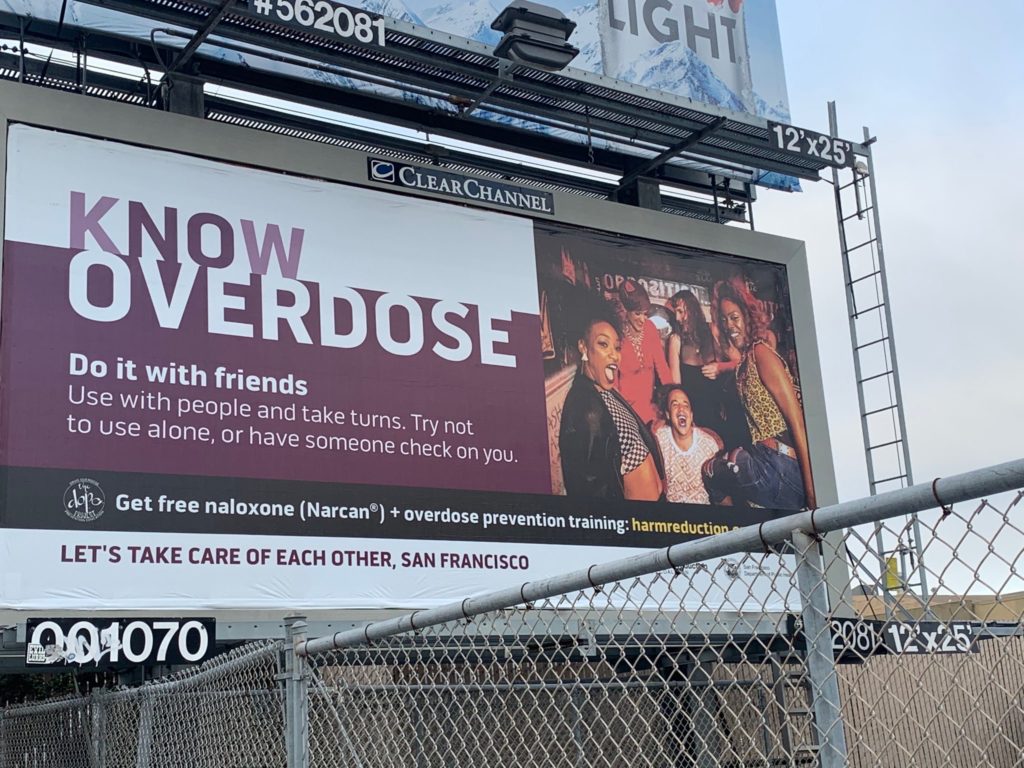
San Francisco is one of the places that has been used as a testing ground for the recent debate spurring among political pundits, rehabilitation organizations, and affected families. It started with the announcement of harm-reduction policies that would provide sanitary smoking kits to aid users in drug consumption. Then, there was a rollout of advertisements posted on public transportation, billboards, and around the city offering advice on how to appropriately use drugs to avoid drug overdoses.
Treatment centers, one being the Tenderloin Center in San Francisco, are opening its doors to drug users and providing safe spaces for addicts to get high without the dangers of being exposed on the streets. These centers give accessibility to Narcan, a nasal medication that prevents overdoses, and clean drug paraphernalia, such as hypodermic needles and crack pipes.
Some are arguing that these methods are effective in removing the stigma of drug addiction, mitigating communicable diseases, and reducing the number of overdose deaths.
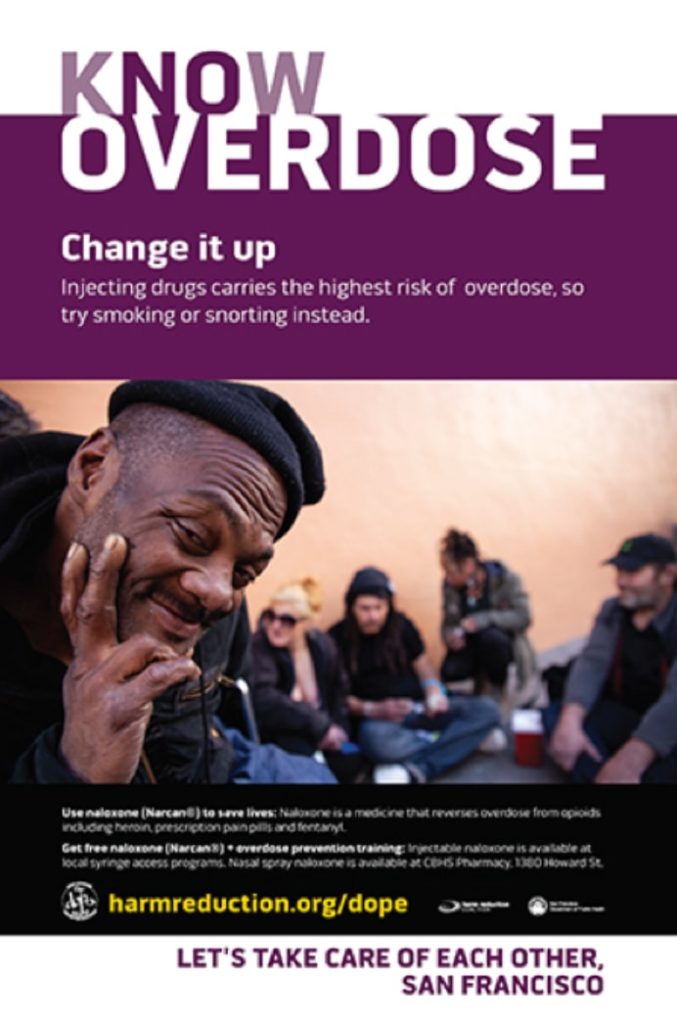
In 2020, 621 San Francisco residents died from drug overdoses, as reported by the Hoover Institution. Since then, deaths have surged causing a political debate with one spectrum claiming that addicts need more protection and surveillance through government-sanctioned drug use and the other side of the spectrum condemning open drug-use policies which they feel does nothing to influence rehabilitation, but in fact, condones the use of drugs.
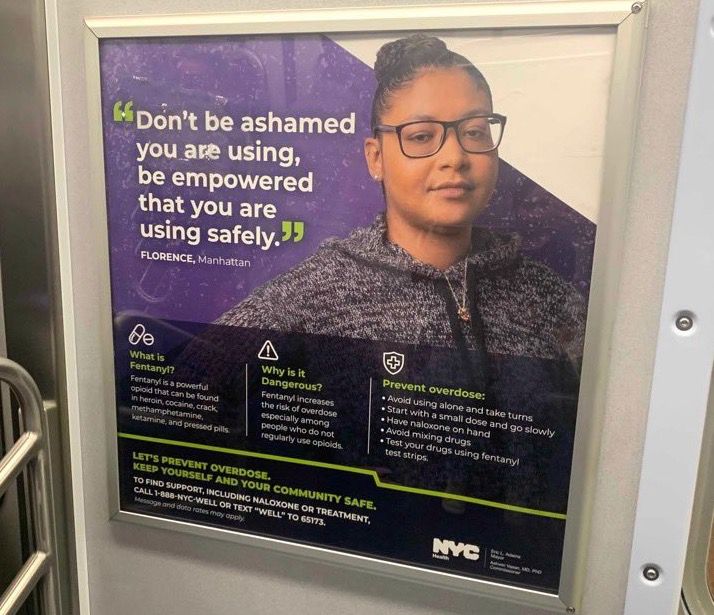
Back in April, anti-drug organization “Mothers Against Drug Deaths” raised $25,000 for a billboard facing Union Square in San Francisco saying, “Famous the world over for our brains, beauty and now, dirt cheap fentanyl.” The group anticipates that the sign will draw more awareness to the rising drug issues of the city and pressure politicians to do something about it.
Drug-use and overdoses are becoming a crisis on a national scale with many of the street drugs being laced with potent amounts of the synthetic opioid known as fentanyl, causing cities within states such as California, Florida, and Colorado, for instance, to issue public warnings, hold press conferences, and organize rallies. But, is it enough?


